Species Photo Gallery for Erythroneura diva No Common Name 16 |
 | Photo by: Larry Chen, Sarah Toner
Scotland Co.
Comment: | 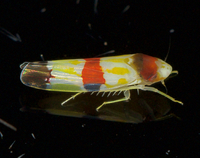 | Photo by: Jim Petranka
Madison Co.
Comment: |
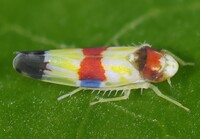 | Photo by: Rob Van Epps
Mecklenburg Co.
Comment: Attracted to UV light. | 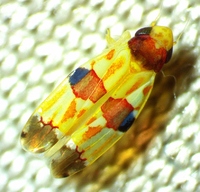 | Photo by: Ken Kneidel
Mecklenburg Co.
Comment: 3 mm |
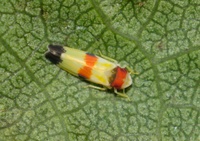 | Photo by: Scott Bolick
Forsyth Co.
Comment: | 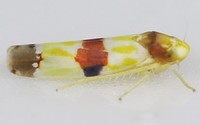 | Photo by: Rob Van Epps
Mecklenburg Co.
Comment: Attracted to UV light. Yard near woods. |
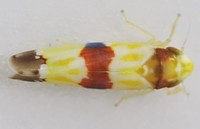 | Photo by: Rob Van Epps
Mecklenburg Co.
Comment: Attracted to UV light. Yard near woods. | 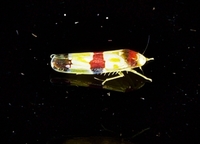 | Photo by: Jim Petranka
Madison Co.
Comment: |
 | Photo by: Rob Van Epps
Mecklenburg Co.
Comment: Hardwood forest, attracted to black light. | 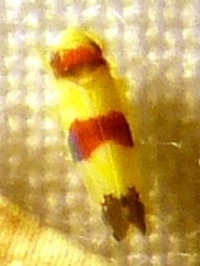 | Photo by: Shelley Rutkin
Forsyth Co.
Comment: Came to porch light |
 | Photo by: Brian Bockhahn
Gates Co.
Comment: |  | Photo by: Kyle Kittelberger
Wake Co.
Comment: mixed hardwood forest habitat |
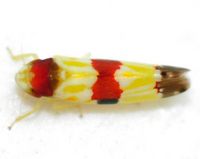 | Photo by: Kyle Kittelberger
Wake Co.
Comment: mixed hardwood forest habitat |  | Photo by: Paul Scharf, Brian Bockhahn
Burke Co.
Comment: Attracted to Black Light |
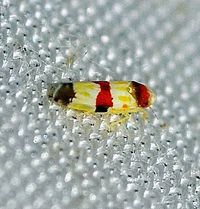 | Photo by: Paul Scharf
Warren Co.
Comment: Caught Sweeping | 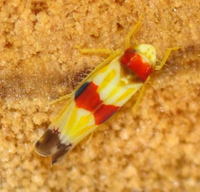 | Photo by: Kyle Kittelberger, Brian Bockhahn, Paul Scharf, Patrick Coin
Halifax Co.
Comment: grassy area and mixed hardwood forest edge near pine forest |
|

 »
»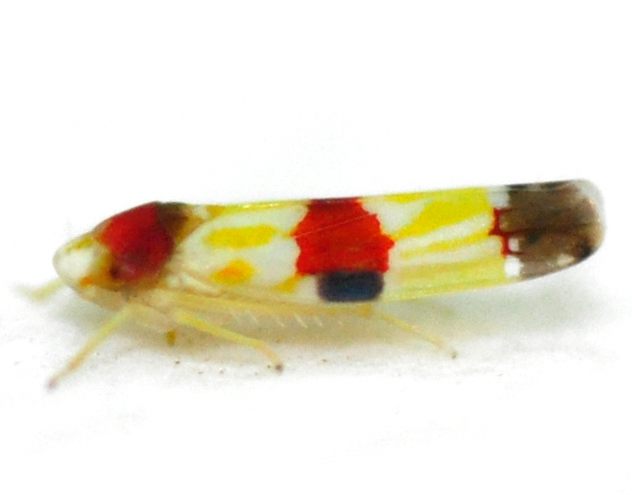
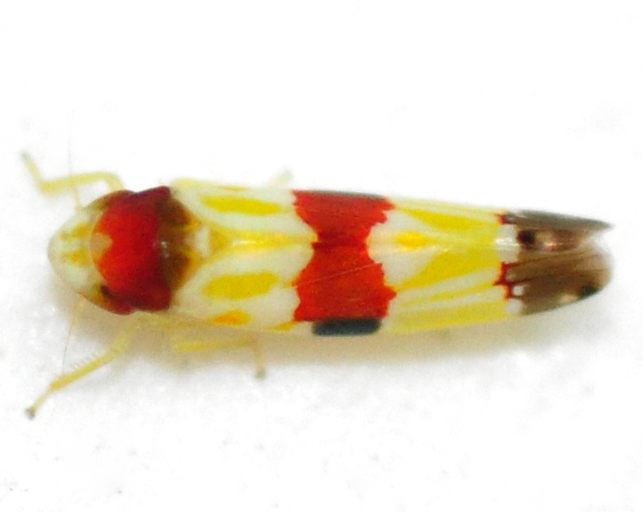
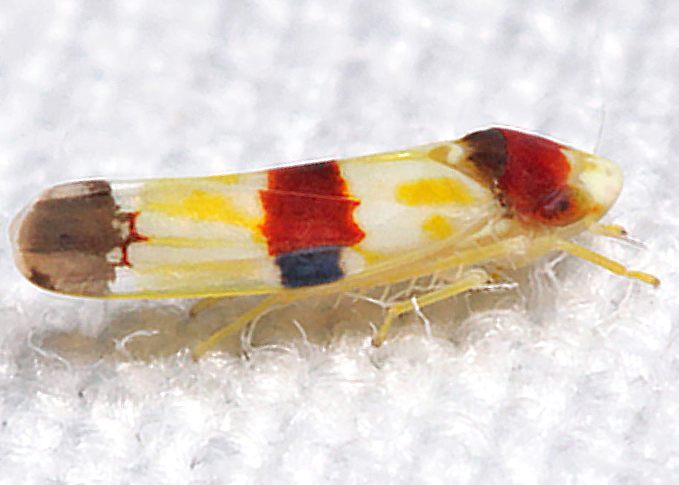
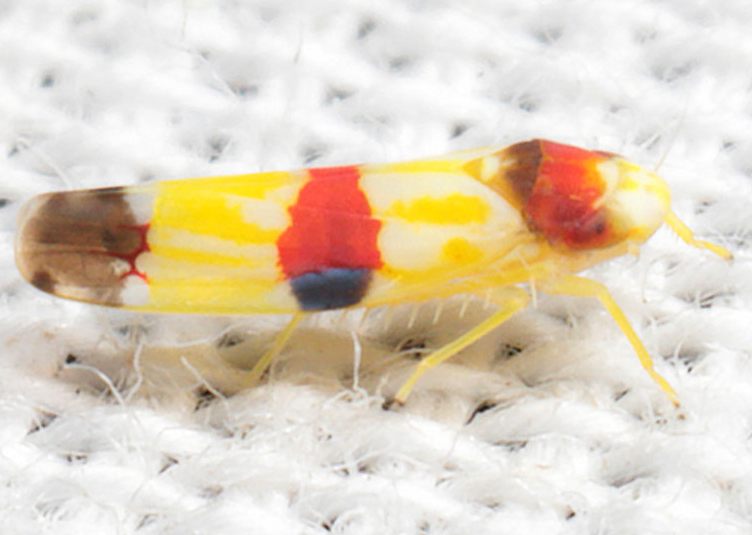

 »
»


